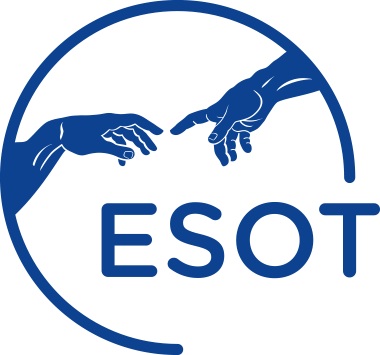- Swiss Medical Weekly. 2017; 147:w14429.
- Abstract
- Pubmed Link
BACKGROUND: Extracorporeal photopheresis (ECP) has been reported to be safe and the ultimate treatment option in lung transplant recipients with chronic lung allograft dysfunction (CLAD), the main overall cause of mortality in lung transplant recipients. However, ECP is not reimbursed in selected health jurisdictions, and reimbursement by health insurance providers is a major issue. In Switzerland, ECP is not recognised by the health authorities as a therapy option for CLAD; thus by the end of 2014, ECP had to be stopped in the majority of adult lung transplant recipients cared for at the University Hospital Zurich because of lack of continuous funding. OBJECTIVE: To describe the outcome of lung transplant recipients after forced cessation of ECP treatment. METHOD: We retrospectively analysed outcome of 12 lung transplant recipients undergoing ECP for different phenotypes of CLAD (bronchiolitis obliterans syndrome, restrictive allograft syndrome) at our centre followed-up for 12 months after forced cessation of ECP. RESULTS: Within the 12 months after treatment cessation, seven patients (58%) died with a median survival of 207 days (range 6-365 days). Lung function (FEV1, forced expiratory volume in 1 second) declined significantly 6 months after ECP cessation (p = 0.003). CONCLUSION: Our data support the role of ECP as valuable treatment option in lung transplant recipients with CLAD.
BACKGROUND:
There is no standard definition for “HLA incompatible” transplants. For the first time, we systematically assessed how HLA incompatibility was defined in contemporary peer-reviewed publications and its prognostic implication to transplant outcomes.
METHODS:
We combined 2 independent searches of MEDLINE, EMBASE, and the Cochrane Library from 2015 to 2019. Content-expert reviewers screened for original research on outcomes of HLA-incompatible transplants (defined as allele or molecular mismatch and solid-phase or cell-based assays). We ascertained the completeness of reporting on a predefined set of variables assessing HLA incompatibility, therapies, and outcomes. Given significant heterogeneity, we conducted narrative synthesis and assessed risk of bias in studies examining the association between death-censored graft failure and HLA incompatibility.
RESULTS:
Of 6656 screened articles, 163 evaluated transplant outcomes by HLA incompatibility. Most articles reported on cytotoxic/flow T-cell crossmatches (n = 98). Molecular genotypes were reported for selected loci at the allele-group level. Sixteen articles reported on epitope compatibility. Pretransplant donor-specific HLA antibodies were often considered (n = 143); yet there was heterogeneity in sample handling, assay procedure, and incomplete reporting on donor-specific HLA antibodies assignment. Induction (n = 129) and maintenance immunosuppression (n = 140) were frequently mentioned but less so rejection treatment (n = 72) and desensitization (n = 70). Studies assessing death-censored graft failure risk by HLA incompatibility were vulnerable to bias in the participant, predictor, and analysis domains.
CONCLUSIONS:
Optimization of transplant outcomes and personalized care depends on accurate HLA compatibility assessment. Reporting on a standard set of variables will help assess generalizability of research, allow knowledge synthesis, and facilitate international collaboration in clinical trials.


